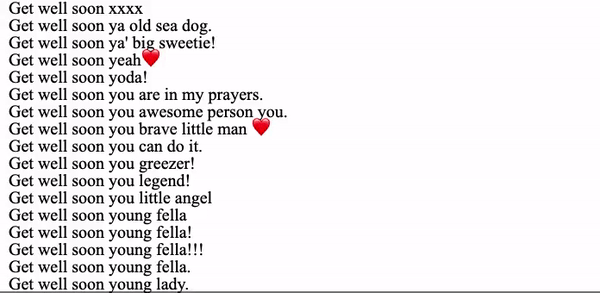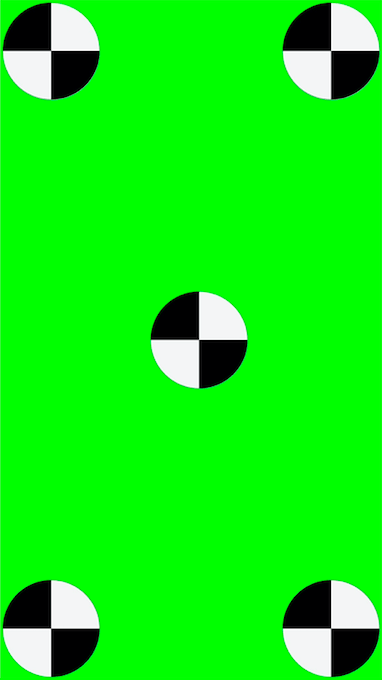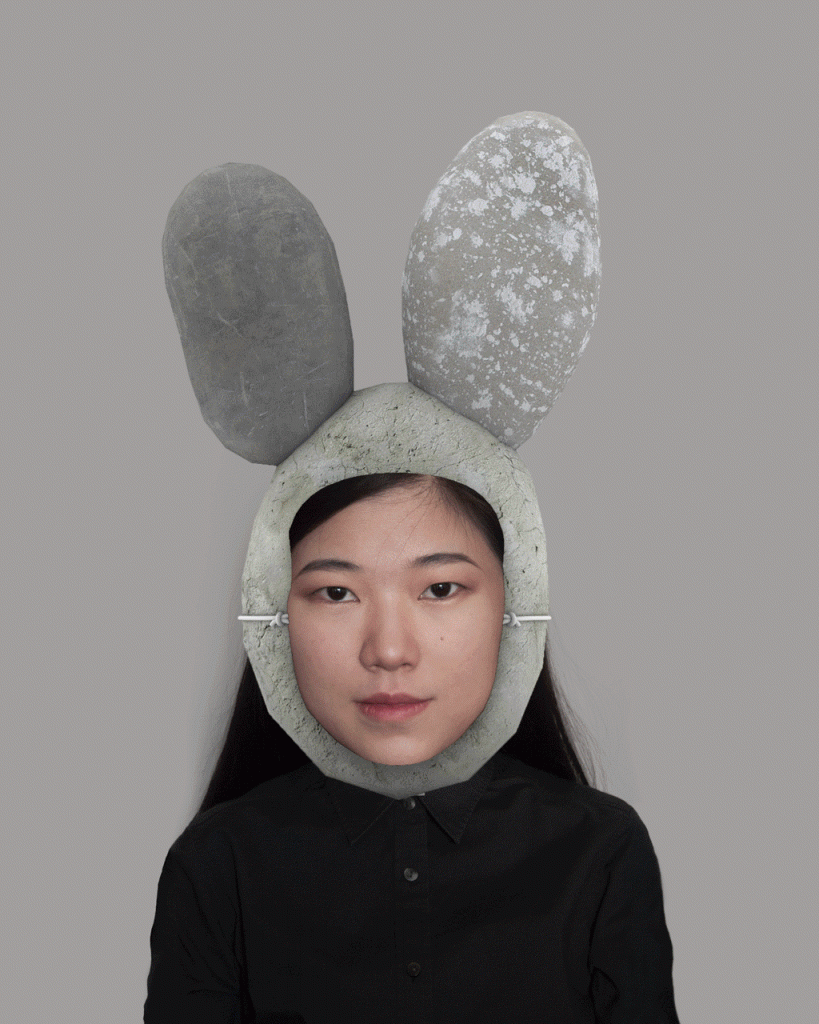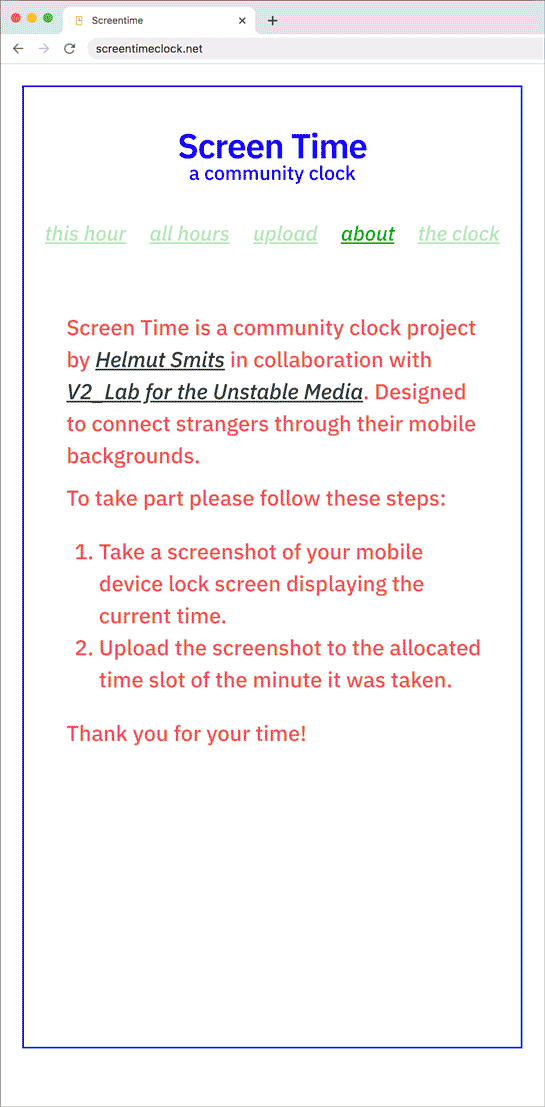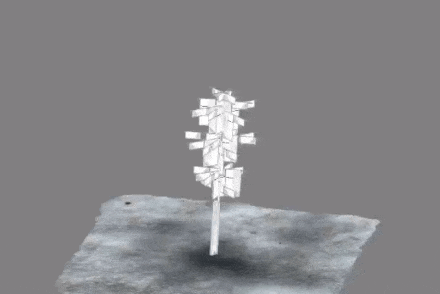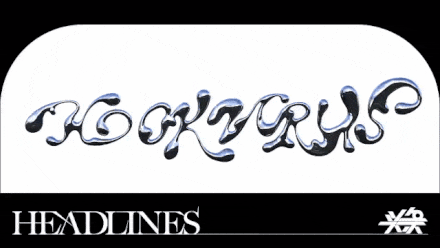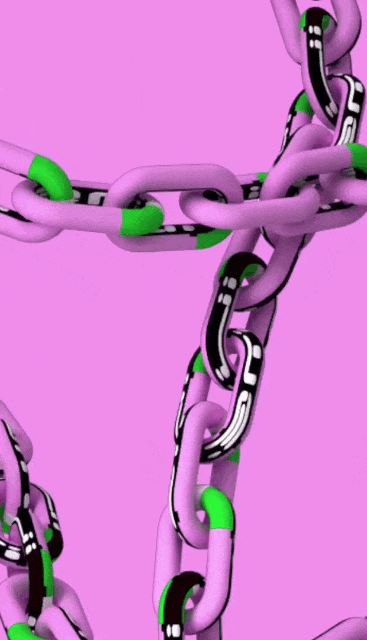WELT
2020
This work is co-commissioned by Chronus Art Center (Shanghai), Art Center Nabi (Seoul) and Rhizome of the New Museum (New York).
Basic operation: hold the screen, enter edit mode, select color at the top left, select view current position at the top right, hold again to exit editing; any pixel selected on the screen for the first time as the current user's icon image, the rest of the selections become object .
This piece was done in collaboration with Xiaoguang LIU.
aaajiao(XU Wenkai)
Active online as a media artist, blogger, activist and programmer, aaajiao is the virtual persona of Shanghai- and Berlin- artist Xu Wenkai. Born in 1984—the title of George Orwell’s classic allegorical novel— and in one of China’s oldest cities, Xi’an, aaajiao’s art and works are marked by a strong dystopian awareness, literati spirits and sophistication. Many of aaajiao’s works speak to new thinkings, controversies and phenomenon around the Internet, with specific projects focusing on the processing of data, the blogsphere and China’s Great Fire Wall. aaajiao’s recent projects extend his practice to various disciplines (among them, architecture, topography, and design) to capture the pulse of the young generation consuming cyber technology and living in social media.
He was awarded the Art Sanya Awards in 2014 Jury Prize and was nominated for the first edition of OCAT-Pierre Huber Art Prize in 2014.
aaajiao lives and works in Shanghai and Berlin.
https://www.eventstructure.com 我们的赛博形象超越了我们自身的形象,我们开始获得无限的创造权限。WELT, 是一个link,一个Dapp,一个真相。
该作品由新时线媒体艺术中心(上海)、那比艺术中心(首尔)、新美术馆Rhizome(纽约)联合委约创作
基础操作:摁住屏幕,进入编辑模式,左上选择颜色,右上选择查看当前位置,再次摁住退出编辑;在屏幕第一次上选择出的任何像素作为当前用户的icon形象,其余选择都成为object.
作品是与刘晓光共同完成。
aaajiao(徐文恺)
aaajiao,是年轻艺术家徐文恺的化名,也是他虚构的网络分身。1984年(他的出生年份恰好是乔治·奥威尔经典预言式小说的名称),出生于中国最古老城市之一的西安,aaajiao的创作结合了浓重的反乌托邦意识、对文人精神的反思。他的很多作品都致力于探索新的科技和媒体影响之下的文化现象和政治策略,从社交媒体写作、数据处理,到网络和移动媒介下的新美学景观。作为今天全球新一代媒体艺术的代表人物,aaajiao将今天中国特殊的社交媒体文化、科技运用带入了国际艺术的话语和讨论。
aaajiao现生活、工作于上海、柏林两地。
https://www.eventstructure.com

